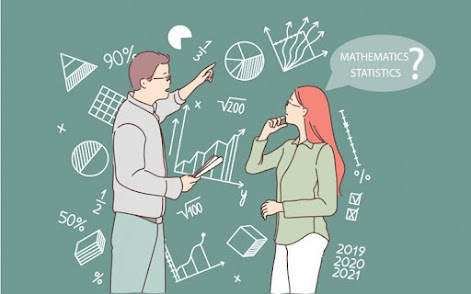Essential Probability & Stats for AI
Probability & Statistics for AI In the world of Artificial Intelligence (AI), understanding probability and statistics is like having the map to navigate uncertainty. Whether you're training a model, analyzing data, or making predictions, these tools help AI reason, learn, and adapt. Let’s break down everything you need to know — in an easy, intuitive way. Why Probability and Statistics Matter in AI? AI systems constantly deal with: Uncertain data (e.g., medical symptoms) Noisy inputs (e.g., user behavior) Decision-making (e.g., whether an email is spam) * Probability helps AI model uncertainty. * Statistics helps AI learn patterns from data. 1. Basic Concepts of Probability What is Probability? It’s the likelihood of an event happening. Formula: P ( A ) = Number of favorable outcomes Total outcomes P(A) = \frac{\text{Number of favorable outcomes}}{\text{Total outcomes}} Example: Probability of rolling a 4 on a dice: P...

